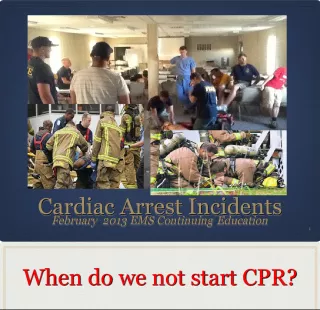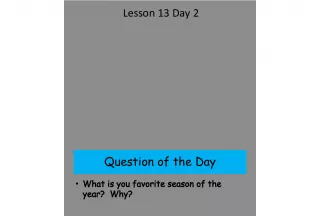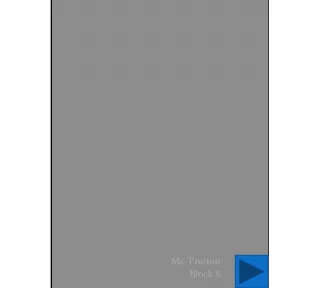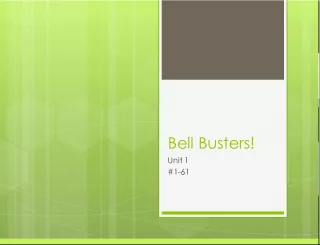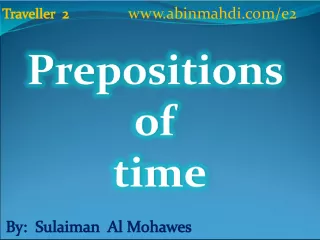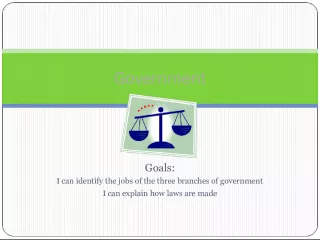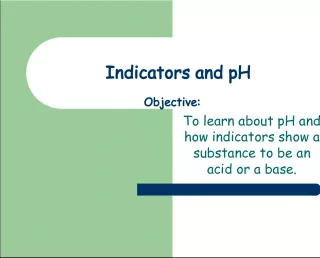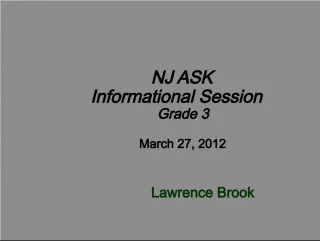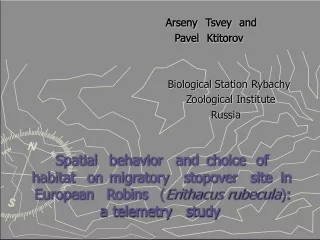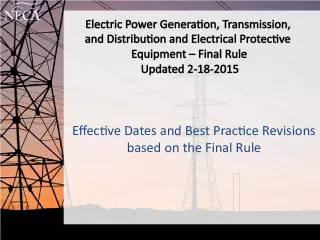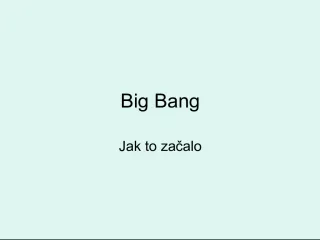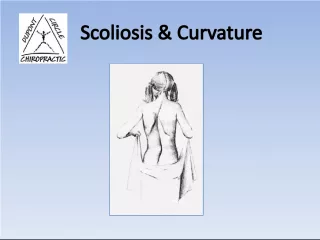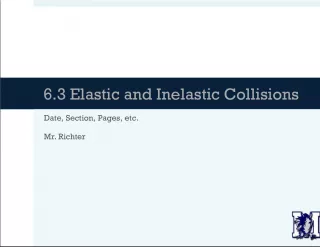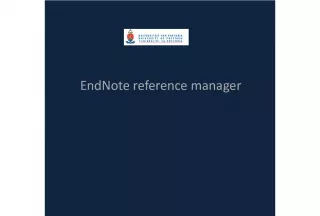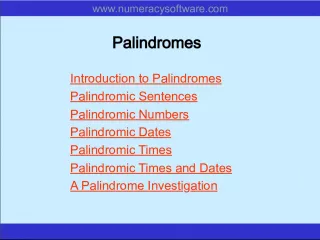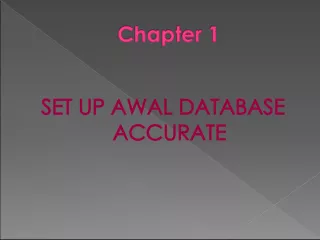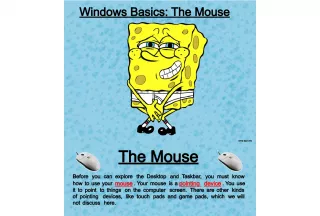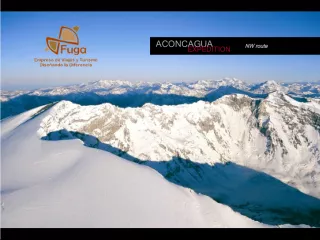Understanding the Four Seasons and Their Start Dates


This article outlines the four seasons (Spring, Summer, Autumn/Fall, and Winter) and their respective start dates: March 21st for Spring, June 21st for Summer
- Uploaded on | 1 Views
-
 calebwang
calebwang
About Understanding the Four Seasons and Their Start Dates
PowerPoint presentation about 'Understanding the Four Seasons and Their Start Dates'. This presentation describes the topic on This article outlines the four seasons (Spring, Summer, Autumn/Fall, and Winter) and their respective start dates: March 21st for Spring, June 21st for Summer. The key topics included in this slideshow are . Download this presentation absolutely free.
Presentation Transcript
Slide1What are the 4 seasons? And when do they start? Spring – March 21 st Summer – June 21 st Autumn/Fall – September 21 st (Or Sept. 22) Winter – December 21st
Slide3Does distance affect the seasons? Apparent diameter of the Sun is largest in the winter. We are closer to the Sun in the winter. Distance does not create the seasons.
Slide4We have 4 seasons due to 1 “TRIP” around the Sun
Slide5T – Tilt – The Earth is on a 23.5 degree tilt. This makes 1 Hemisphere face the sun and 1 face away. This gives more light and heat to that hemisphere. The seasons are opposite in the Southern Hemisphere.
Slide6R – Revolution. As the Earth Orbits the Sun it changes which Hemisphere faces the Sun.
Slide7I – Insolation is the angle the sun strikes the Earth. In coming Sol ar Radi ation The more direct the rays the stronger they are. (Angle of Incidence)
Slide8P – Parallel – The axis of the Earth remains parallel to itself through out the orbit keeping it cyclic.
Slide9When is Earth Closest to the Sun? When is Earth Furthest? Difference between Actual and Apparent Diameter? Why does our Apparent Diameter change during orbit? Does Distance create the seasons? (give evidence) What 4 things do create seasons? (explain) Why does Santa wear a swim trunk in Australia?
Slide14Equinox – Means Equal Night. Everywhere has 12 hours of day, 12 hours of night. The sun is directly over the equator. Spring / Fall Solstice – Means Sun stands still. Either farthest North / South until the Sun stops and heads back the other direction. The sun will also get higher or lower in the sky each day. The circles have 0 or 24 hours of sun. The sun is over a Tropic. Winter / Summer
Slide15http://www.youtube.com /watch?v=iMEfYLvxioc
Slide16At the NorthPole Polaris is 90 deg above you. Every deg you walk away Polaris drops 1 degree in the sky. (R) _
Slide17The sun acts just like Polaris. If we know where the sun is directly over head we know where it is at 90 degrees. For every degree we walk away from that location it drops 1 degree in the sky.
Slide18Spring / Fall Equinox The sun @ Equator 0 deg NY is 42 degrees If we were at the equator the sun would be 90 degrees in the sky. We are 42 deg away 90 – 42 =? 90 – 42 = 48 The sun is 48 degrees in the sky
Slide19Summer Solstice The sun @ T. of Cancer 23.5 deg N NY is 42 degrees T. of Cancer has 90 degree sun. We are ? Away 42-23.5 = 18.5 deg away 90 – 18.5 =? The sun is 71.5 degrees
Slide20Winter Solstice The sun @ T. of Capricorn 23.5 deg N NY is 42 deg N T. of Capricorn has 90 degree sun. We are ? Away 42 + 23.5 = 65.5 away 90 – 65.5 = ? The sun is 24.5 degrees
Slide21Where does the sun rise and set??? (R)Equinox – The Sun rises and sets E W Summer – The sun is in the North NE NW Winter – The sun is in the South SE SW
Slide221)EXPLAIN the 4 reasons for the seasons 2) Explain the importance of EACH of the 5 key latitudes 3) EXPLAIN all about Equinoxes 4) EXPLAIN all about Solstices 5) How to find the angle of the noon day sun.

